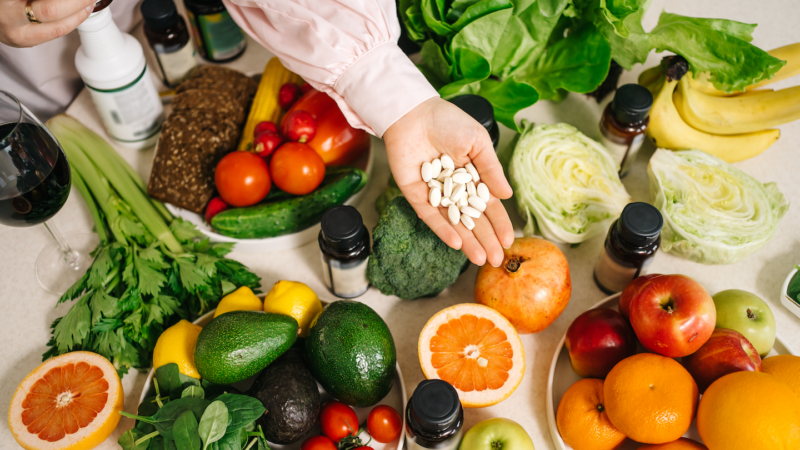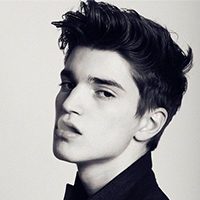Vitamin (noun, “VITE-ah-men”)
Vitamins are carbon-containing chemicals that living things must consume in small amounts to live.
Our body can create many molecules crucial for life. DNA is one example. So are proteins such as collagen. But the body cannot create most vitamins. Or at least, it cannot make enough of them. Therefore, we must get them through our diet.
Consider multivitamin pills you might buy from a drugstore. The bottle may advertise that it contains many different vitamins. Vitamins A, C, D and B are some examples. These names usually refer to groups of molecules rather than specific ones. Vitamin B alone includes B1, B2, B3, B5, B6, B7, B9 and B12.
We get many vitamins from food. But we do not generally digest them for energy. Instead, they serve other functions in our bodies.
Take vitamin B. Natural sources of B vitamins include fish, eggs and meat. In our body, these compounds support nerve function. They also help our body generate usable energy from our food. B9 — or folate — aids in cell growth and division.
Vitamin D helps the body absorb essential minerals, such as calcium and phosphate, from food. Vitamin C helps skin injuries heal properly. It also supports our immune system. Vitamin A helps us see in the dark, among other things.
Different vitamins come with different properties. Some dissolve in water. Others — such as vitamins A and D — get absorbed by fats. Some vitamins resist getting broken down by the body. Others are more delicate. For example, fragile vitamin C breaks down readily in sunlight and heat. Many techniques used to preserve food degrade this vitamin. So, fresh fruits and vegetables remain the best natural sources of vitamin C.
In a sentence
No-heat techniques for preserving fruits may help conserve delicate vitamins.

















